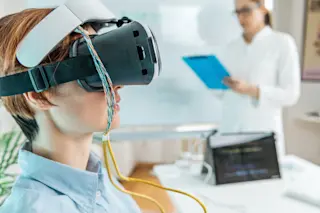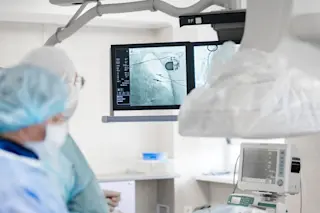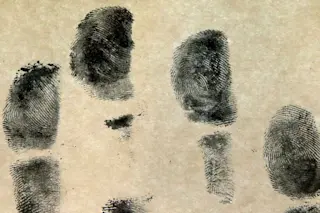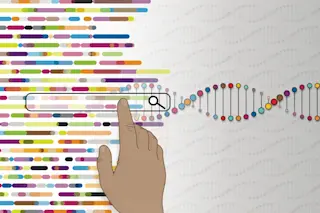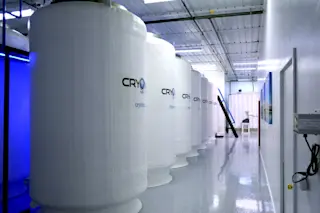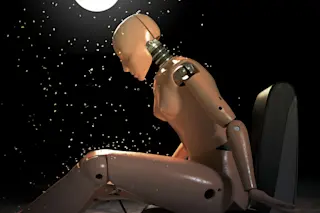It's not much of a spoiler to say the aliens in District 9 have the snazziest trigger lock around. The Prawns, as they are known in the movie, have some strange ideas for safety, though. Their trigger lock is DNA-encoded not to keep little Prawns away from dangerous gear, but to prevent any other species from activating the weapons. (That's the sort of detail that raises all sorts of questions about just who the Prawns were fighting that they needed this kind of security, and whether the enemy also had DNA-locked rifles.)
While the Prawns seem to have mastered DNA-detecting technology, it remains a bit beyond our reach out here in the real, human world. But that may be the next big frontier in biometrics. Because, let's face it, the typical kinds of biometric security used in of the lairs of movie super-villains isn't science-fiction anymore—it's reality.
Fingerprint scan? We ...


